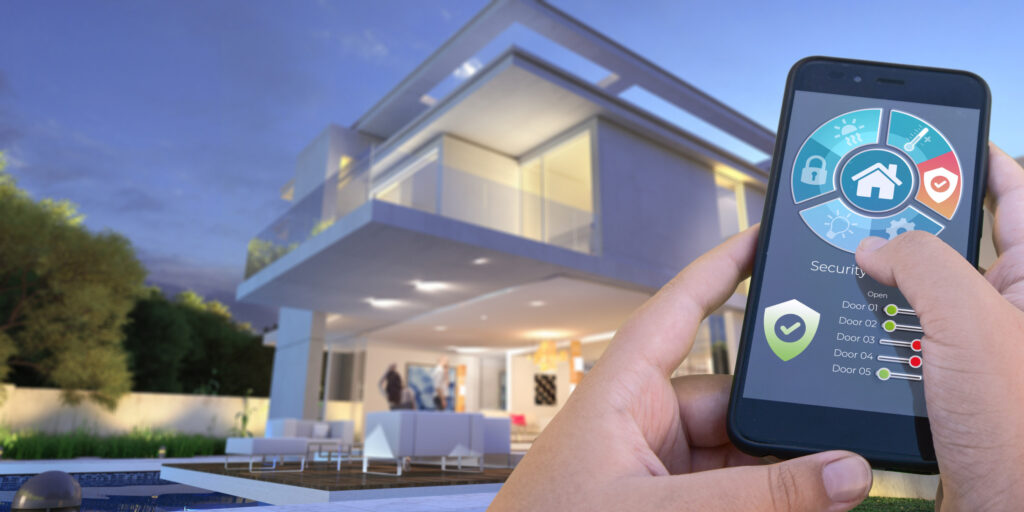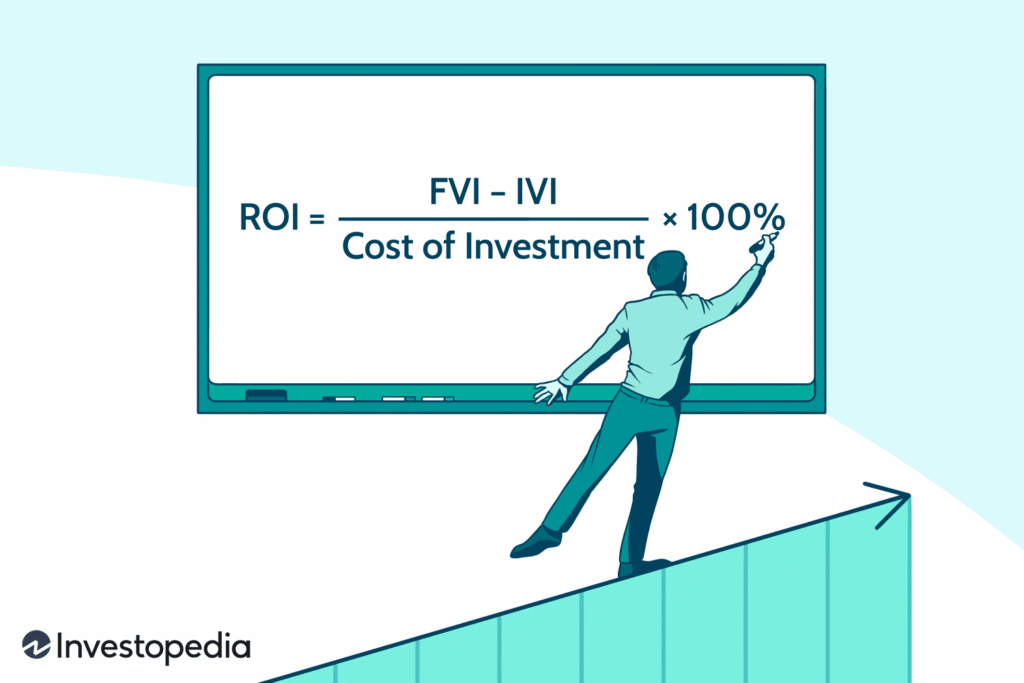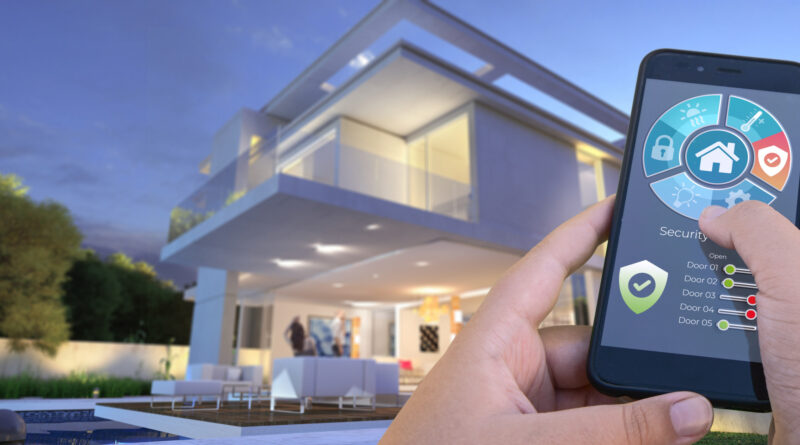Smart Home Installation Costs: What to Expect
Understanding the smart home installation cost is essential before diving into your smart home upgrade. Whether you’re adding a few smart bulbs or going all-in with security, automation, and voice control, the total smart home installation cost can vary significantly based on several key factors. This guide breaks it all down to help you plan your budget wisely and make the most out of your investment.
From equipment pricing and installation fees to long-term savings and DIY options, we’ll cover everything you need to know.

1. What Is Included in a Smart Home Installation?
When evaluating the smart home installation cost, it’s important to first understand what components are typically involved. A complete setup may include:
- Smart lighting systems (bulbs, switches, dimmers)
- Smart plugs and outlets
- Smart thermostats
- Security cameras and doorbells
- Smart locks and sensors
- Central hubs or smart speakers
- Voice assistant integration (Alexa, Google Assistant, etc.)
- Automation routines and app control
Depending on how advanced your setup is, you may require additional wiring, professional integration, or advanced network configurations.
2. Average Smart Home Installation Cost in 2025
Here’s a rough breakdown of current pricing (USD) in 2025:
| Device Type | DIY Cost | Professional Install |
|---|---|---|
| Smart Lighting (per room) | $50–$150 | $150–$300 |
| Smart Thermostat | $120–$250 | $200–$400 |
| Smart Locks (per door) | $100–$200 | $150–$300 |
| Smart Cameras (per unit) | $70–$200 | $150–$400 |
| Smart Hubs/Speakers | $50–$200 | — |
| Full Home Automation (basic) | $600–$1200 | $1500–$3000+ |
So, your total smart home installation cost could range from $500 to over $5,000, depending on the size of your home and the complexity of the setup.
3. Factors That Affect Installation Cost
Several variables can influence the final price tag:
🏠 Home Size
Larger homes require more devices, especially for lighting, security, and temperature control.
🔌 Wiring and Infrastructure
If your home is older or not already wired for smart tech, you might face extra labor or retrofitting costs.
🔧 DIY vs. Professional
Installing devices yourself can significantly reduce the smart home installation cost, though it requires time and technical comfort. Professionals offer speed and experience but at a premium.
📶 Network Requirements
Upgrading your router or adding mesh Wi-Fi for better coverage may also add to your total cost.
4. DIY Installation: How Much Can You Save?
DIY installation can save you hundreds—sometimes thousands—of dollars. For instance:
- Installing a smart thermostat yourself could cost only the price of the device ($150), while hiring a pro may cost over $400.
- Setting up smart bulbs takes minutes and often requires no tools.
- Many smart devices come with step-by-step app guidance, making installation easy for most homeowners.
If you’re technically inclined, this route is cost-effective and empowering.
5. Professional Installation: When Is It Worth It?
While it adds to the smart home installation cost, hiring a professional might be the right choice if:
- You’re installing wired devices (like thermostats or in-wall switches)
- You want the entire system set up quickly and correctly
- You’re integrating multiple ecosystems (e.g., Alexa + Apple HomeKit + Google)
Many professional services also include ongoing support and warranties.
6. How to Budget for Your Smart Home Setup
Here’s how to keep your smart home project affordable:
- Prioritize devices: Start with essentials like smart thermostats, bulbs, and locks.
- Go room-by-room: Focus on one space at a time.
- Watch for bundles: Many brands offer discounted starter kits.
- Compare service providers: If going pro, request multiple quotes.
- Take advantage of incentives: Some energy companies offer rebates for installing smart thermostats or efficient lighting.
7. Hidden Costs to Be Aware Of
Don’t forget the following when planning your smart home installation cost:
- Subscription fees (e.g., cloud storage for security footage)
- Batteries or replacements
- Data usage or network upgrades
- Ongoing maintenance and updates
Being aware of these ensures a realistic budget and fewer surprises.Smart Home Installation for Different Budgets
Smart home systems are no longer just for luxury homes. Whether you’re on a tight budget or ready to go all-in, there’s a path forward that makes sense for your wallet.

Budget-Friendly Options (Under $500)
If you’re just starting out and don’t want to spend a fortune, focus on entry-level essentials:
- A smart speaker like the Echo Dot ($40)
- A few smart bulbs ($15–$20 each)
- A smart plug or two ($10–$30)
- A DIY security camera ($50–$100)
With $300–$500, you can automate key areas like lighting and basic security while staying within reach of a modest budget. These are ideal starter items that still provide a taste of full smart functionality.
Mid-Range Smart Home Setup ($1,000–$2,500)
If you have more room in your budget, you can move beyond the basics:
- Add smart thermostats for energy control
- Install smart locks and doorbell cameras
- Introduce motion sensors and automated routines
- Improve Wi-Fi coverage with mesh routers
This range often includes professional installation of core systems and offers a significant bump in daily convenience and security.
High-End and Whole-Home Systems ($5,000+)
With a premium budget, your home can become fully automated:
- Custom-built security systems with multiple cameras and zones
- Central hubs managing lighting, climate, security, and entertainment
- Smart blinds, garage doors, and integrated appliances
- Voice-controlled environments in every room
High-end setups often require a consultation with smart home designers or installers. Though the smart home installation cost increases, so does the level of personalization and efficiency.
Regional Variations in Installation Costs
Where you live also impacts the smart home installation cost. Labor rates, availability of installers, and local regulations may affect your final bill.
- Urban areas typically have more competitive pricing and package deals.
- Rural areas may involve travel fees or limited service options.
- Energy-efficiency rebates may be available in some states or countries, especially for smart thermostats or solar-integrated systems.
Always check for local incentives or installer reviews before scheduling work.

When to Upgrade or Expand
A smart home isn’t a one-time project. It evolves.
- Start with one room or purpose (e.g., security).
- Expand as your needs and budget grow.
- Upgrade devices that are outdated or not compatible with newer ecosystems.
Many homeowners gradually add more devices over 1–3 years. This staged approach keeps costs manageable and technology up-to-date.
If you’re looking for expert-backed insights and real-world pricing examples for your smart home upgrade, we highly recommend visiting HomeAdvisor’s Smart Home Installation Cost Guide. This trusted platform offers a detailed breakdown of average costs, factors that influence pricing, and comparisons between DIY and professional options—making it a valuable resource for anyone planning their smart home setup in 2025.
8. Long-Term Value and ROI
Though initial costs may seem high, a smart home setup often pays off over time:
- Energy savings from automated thermostats and lighting
- Insurance discounts for enhanced home security
- Increased property value and resale appeal
- Time savings through automation and voice control
The right investment in smart technology can yield long-term convenience, safety, and efficiency.

Conclusion
The true smart home installation cost depends on your goals, home size, and whether you go DIY or hire professionals. By planning carefully, prioritizing your must-have devices, and understanding hidden fees, you can build a smart home that fits both your lifestyle and your budget.
Whether you’re just starting or expanding an existing setup, being informed helps you make smarter choices—literally. With the right approach, turning your house into a smart home in 2025 is not only possible, but also practical.
Before diving into the numbers, it’s helpful to understand what goes into a successful installation. Be sure to check out our in-depth guide on How to Perform a Smart Home System Installation, where we walk you through setup basics, device compatibility, and DIY vs. professional choices — all of which directly impact your smart home installation cost.

